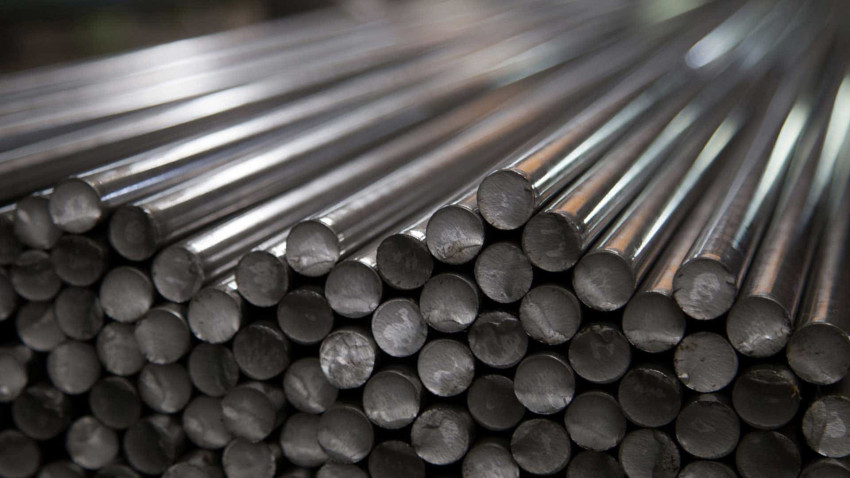
What are Tantalum Bars?
Tantalum Bars are dark, hard, dense metals with high melting points and exceptional corrosion resistance, such as their ability to withstand attacks from acids like aqua regia, which have the power to destroy even gold. Able to withstand attack from acids like these as well as extreme temperatures and pressures found during oil and gas exploration and operations, tantalum is well suited for electronics, medical devices, scientific instruments as well as applications involving oil & gas exploration operations that regularly expose equipment to high temperatures & pressures.
Tantalum can be alloyed with other elements to produce various forms and shapes, from tubing and thermowell to parts for chemical plant and nuclear power plant equipment, missile and aircraft components and surgical instruments. When used instead of fasteners made of other materials that are more likely to fail due to corrosion, tantalum fasteners may extend the machine's lifespan significantly.
Pure tantalum may be scarce and expensive, but it can still be used industrially in various forms. For instance, it can be coated onto base metal parts to offer corrosion resistance at a more reasonable cost; or, through thermal spray processes, applied tantalum powder onto stainless steel substrates to form thin shear-resistant coatings that offer increased corrosion protection.
Applications
Tantalum is an elegant silvery metal that forms an oxide film when exposed to air, protecting itself against chemical attacks and making Tantalum useful in many applications.
Tantalum's corrosion resistance makes it an invaluable asset in industries operating under high temperatures and acidic chemicals, such as aerospace and military industries. Tantalum alloys containing nickel or niobium provide better temperature resistance and strength than their nickel/niobium-based counterparts, leading to their use in jet engine turbine blades, missile parts and nuclear reactors.
Pure tantalum is widely used in electronics as a capacitor material due to its high capacity for electrical storage and its relatively low cost. Furthermore, this metal's non-toxic nature makes it well suited for medical equipment uses as it doesn't produce toxic reactions when in contact with human blood and bodily fluids. In terms of fabrication processes and shapes, it comes in rods, sheets, plates wires in all different sizes.
Due to its ductility, tantalum can be drawn into precise thin wires for electronic capacitors. Furthermore, its exceptional resistance against pressure and temperature extremes makes it useful for medical and surgical instruments and oil and gas exploration as it provides resistance against corrosive gases like hydrogen sulfide exposure.
Advantages
Tantalum bars possess many attributes that make them suitable for aerospace applications, including their ability to withstand high temperatures, corrosion resistance and moderate hardness. Furthermore, these materials are malleable and easy to work with - plus, Tantalum is nontoxic!
Tantalum can be combined with various metals to form alloys uniquely tailored to various applications. One such alloy is tantalum niobium, which boasts excellent non-oxidising environment resistance while protecting against pitting and crevice corrosion, having a low melting point while being highly resilient and having low melting point characteristics. Due to these properties, tantalum niobium can often be found in aircraft parts, medical equipment and nuclear reactors.
Tantalum has many industrial applications and can be found in numerous forms, such as tin foil, capacitors, sputtering targets and light bulb wires. It boasts advantages over other metallic materials in terms of heat resistance and high ductility - two benefits which make Tantalum particularly desirable among aerospace, medical and military applications such as osseointegration, biocompatibility and antithrombogenicity; additionally, it is non-toxic with a low coefficient of friction.



